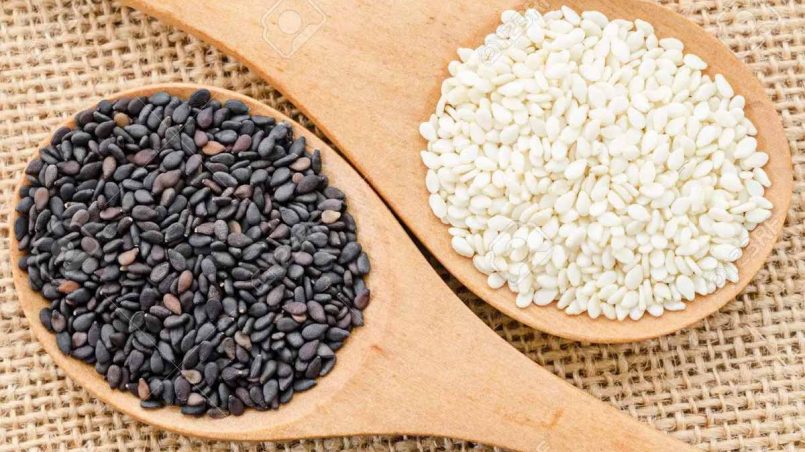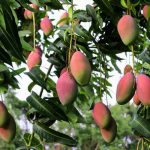Aren’t seeds excellent? So tiny but so full of goodness! The humble sesame seed is packed full of protein. Protein makes up approx 20% per cent of the root, with a good serving of magnesium, manganese, copper, tryptophan, calcium, iron & zinc thrown in. They are also a good source of healthy fats.
You may be used to seeing the more commonly known white seed, but the black sesame seeds are richer in specific nutrients, such as phytosterols which help to block cholesterol production.
So to hull or not to hull? When harvested, sesame seeds are embedded in a seed coat or hull. Some people find the unhulled sources crunchier & harder, with a slightly bitter taste due to the oxalates in the hull. Oxalates are also found in veggies like spinach.
Hulled sesame seeds tend to give a nuttier flavour, so they tend to be favoured more. Interestingly, there is a difference in the nutritional content if the roots are hulled – seeds that have the hull remaining have approx. 90-95% MORE calcium than unhulled.
Sesame seeds, hulled or unhulled, are very versatile. As well as the roots, you can use them as a cold-pressed oil (commonly used in Asian cooking) or as tahini – which is sesame seeds ground into a paste. Add them to bliss balls, toast & sprinkle on stir fries or toss through salads.









